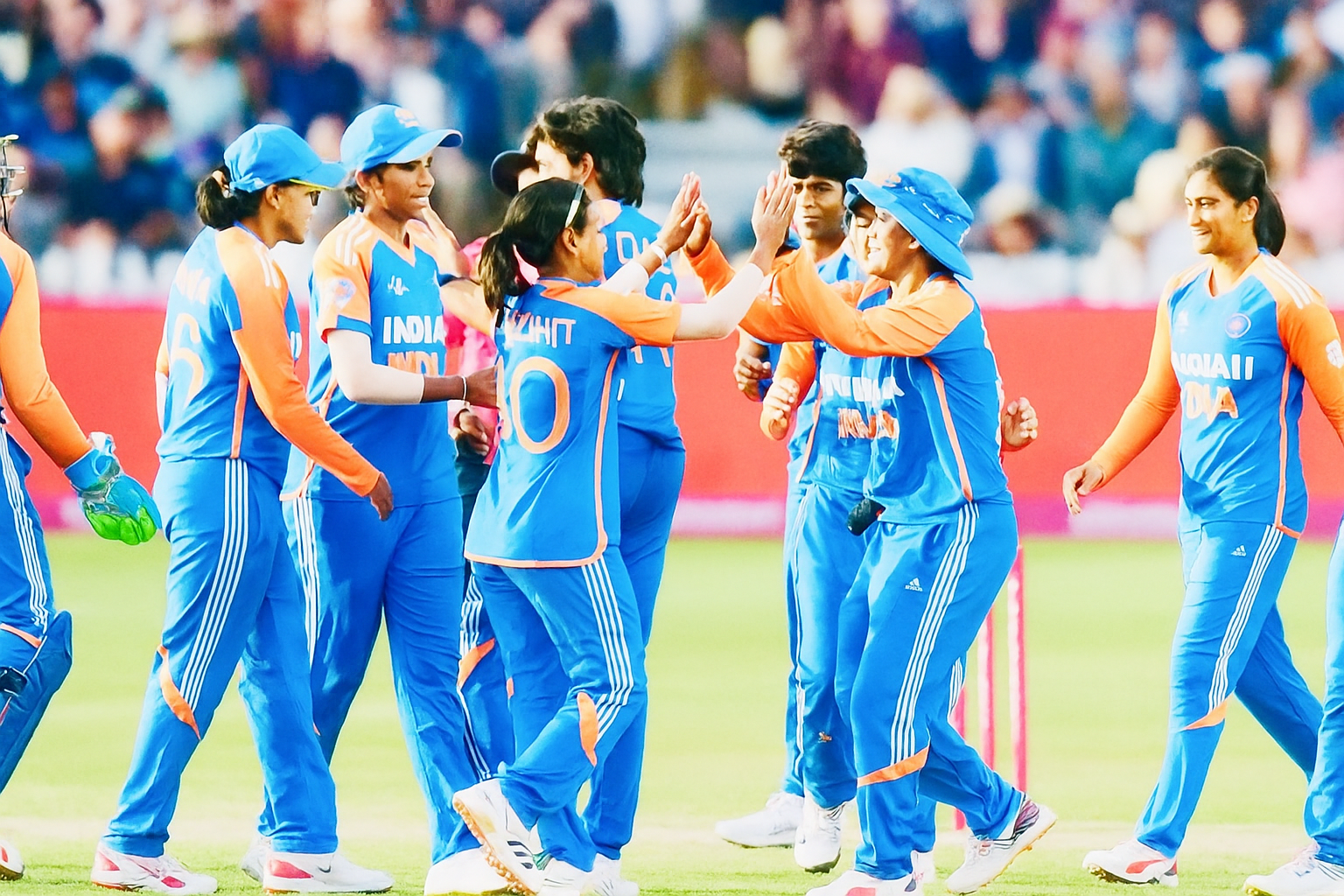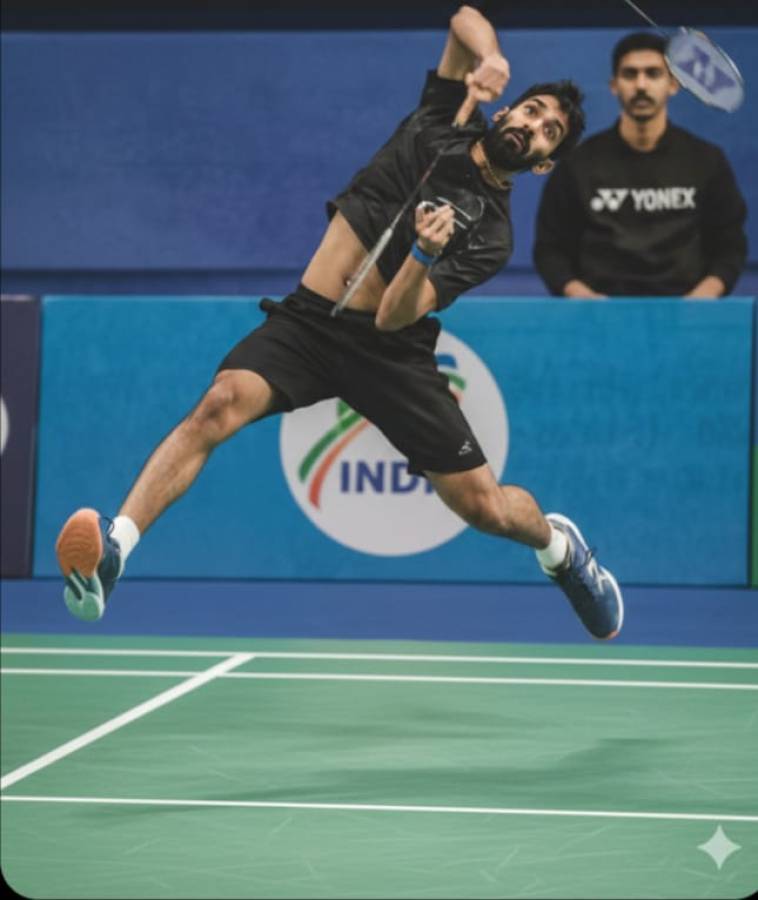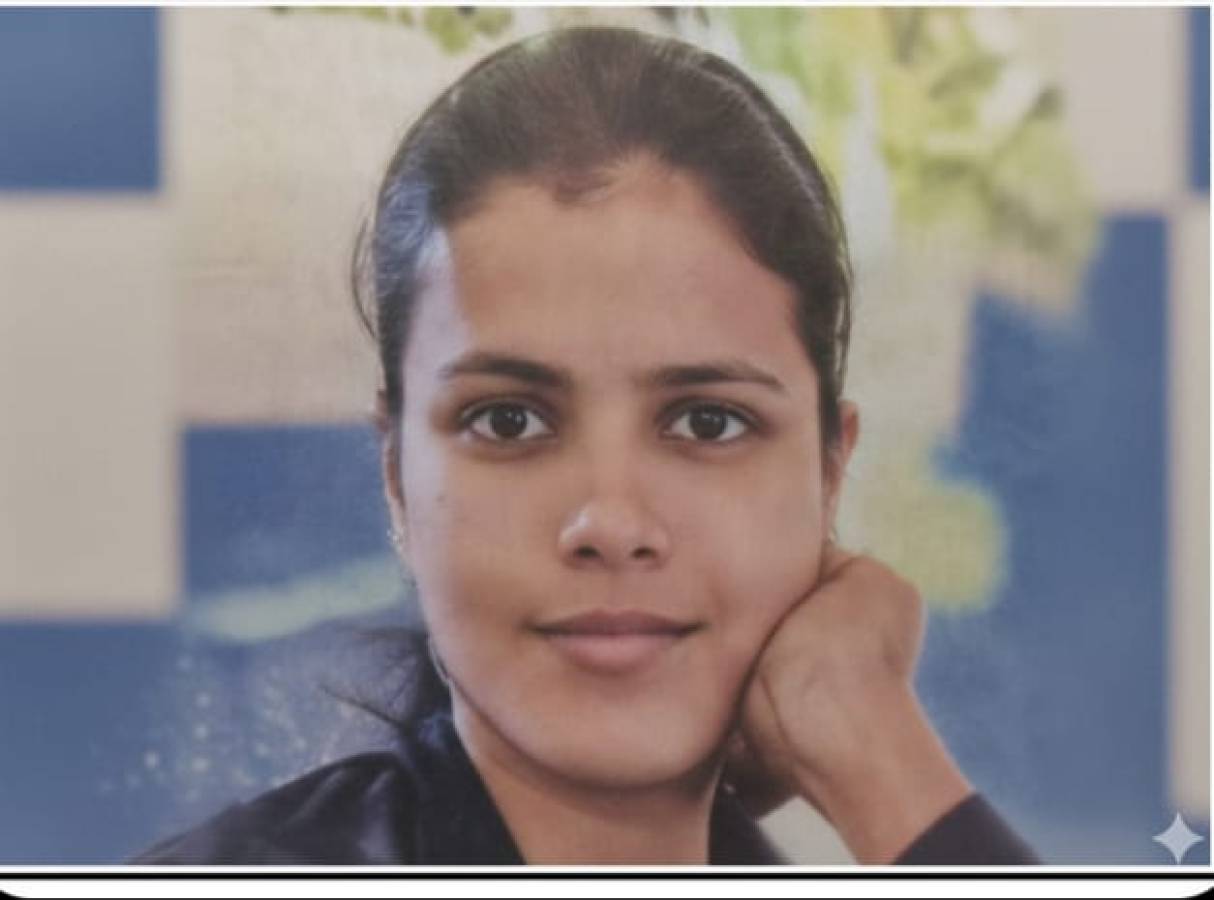
On July 9, 2025, the Indian women’s cricket team made history. They beat England on their own soil to win a T20I series 3–1—the first time this had ever happened. It was a moment of national pride.
Or at least, it should have been.
There were no grand headlines. No large-scale celebrations. In a country where cricket is followed like a religion, this historic win went mostly unnoticed.
But the silence that followed says a lot about how we treat women’s sports in a cricket-loving nation like ours.
Let’s take a closer look.
The match itself was brilliant. England batted first and managed only 126 runs. India chased it down with ease. Shafali Verma and Smriti Mandhana gave a strong start. Captain Harmanpreet Kaur and Jemimah Rodrigues followed up confidently. Radha Yadav, with her tight bowling, was named Player of the Match. Everyone in the team did their job. It was not just a win—it was a statement.
Yet, there was no major celebration. If it had been the men’s team doing this, the news would have been everywhere. Fans would have taken to the streets. Advertisers would have rushed in. TV channels would be showing the highlights over and over again.
So why does this happen?
While the women’s team ranks among the top three in the world, their matches still don’t get the same attention. When the men’s team wins even a small series, it becomes national news. Everyone talks about it for days. Reels, memes, discussions—nonstop.
But when the women achieve something historic, the excitement is missing. There’s hardly any buzz. Even broadcasters sometimes place their matches on lesser-known channels or stream them at odd hours. It’s not that people don’t want to watch—it’s that they don’t always know when or where to.
Many senior players, like Mithali Raj and Jhulan Goswami, have spoken about this.
They remember times when they didn’t even have proper travel arrangements. No contracts. No sponsors. No headlines.
Things have improved with the Women’s Premier League (WPL), but the gap is still wide compared to the IPL. The IPL is worth thousands of crores. It gets global attention. The WPL is growing fast but still fights for space in the average Indian household.
Money, media, and recognition matter. They help create role models. When a girl sees Smriti Mandhana hit a match-winning fifty, she should feel just as inspired as when a boy sees Virat Kohli do the same. But that can’t happen unless schools, families, broadcasters, and fans give equal support.
Even at the domestic level, the system is imbalanced. Most top players join Indian Railways—not just for love of the team, but for job security. Other state teams don’t offer enough pay or resources. This means many young girls with talent never get a fair shot. There’s a need for better coaching, facilities, and fair opportunities.
Then there’s the way we talk about women cricketers.
Shafali Verma is often called the “female Sehwag.” Harmanpreet Kaur is called the “Lady Dhoni.” These might sound like compliments, but they show that we still judge female players by comparing them to male stars.
Why not let them shine in their own names?
The good news is that change is coming—though slowly.
The WPL has brought in fans. Kids are starting to wear jerseys with female players’ names. Players are gaining followers on social media. And for many young girls, picking up a bat now feels like a real option.
But the change needs to be faster. Bigger. Stronger.
This win in England could have been a turning point. It should have been remembered and celebrated. Instead, it passed quietly. If the men’s team had done the same, people would still be talking about it. News anchors would call it “historic.” Ad campaigns would be launched overnight.
India often says it wants to be a global sports leader. We talk about equality and fairness. But those promises mean nothing unless we act on them.
It’s not enough to cheer only during World Cups. Support must be constant. Respect must be ‘earned and given’ throughout the year.
Cricket is more than a sport in India. It’s an emotion. A celebration.
But here’s the question: are we celebrating all our cricketers—or just half of them?
The Indian women’s team gave us a reason to stand up and cheer.
They did their part.
Now it’s our turn to do ours.





















